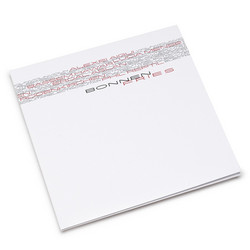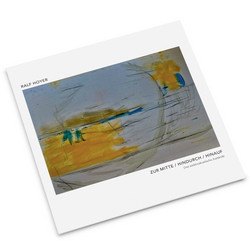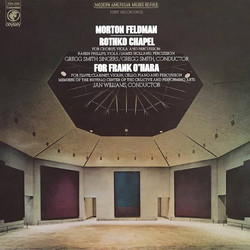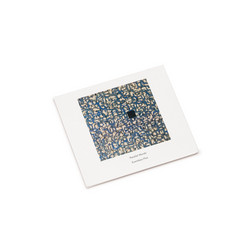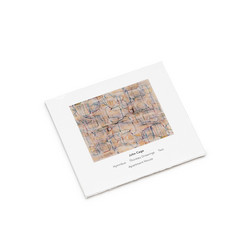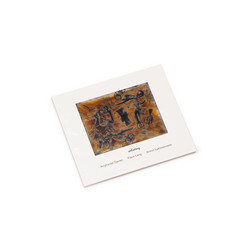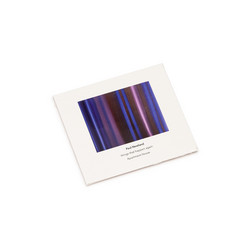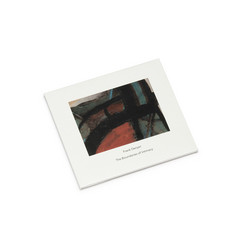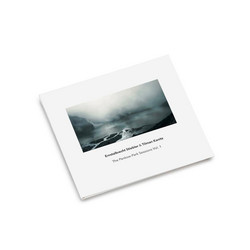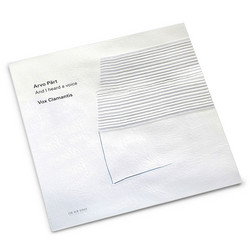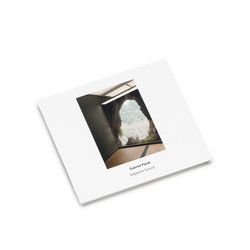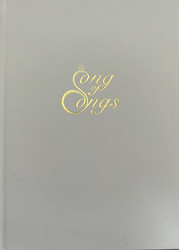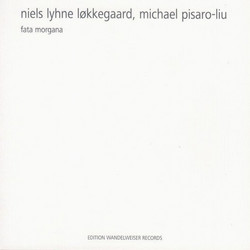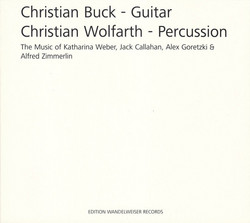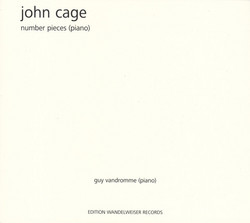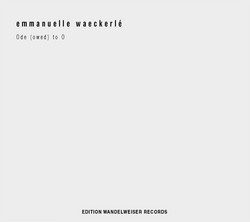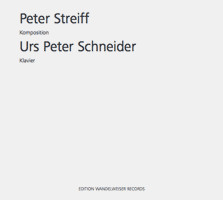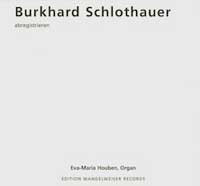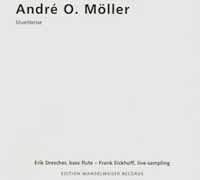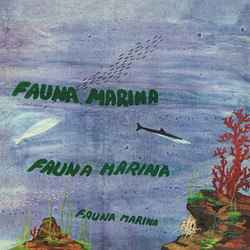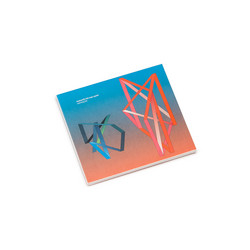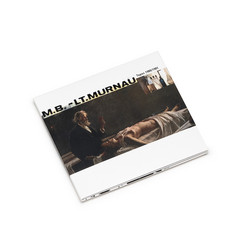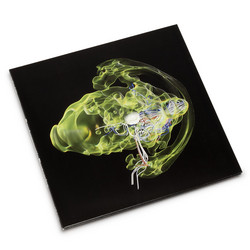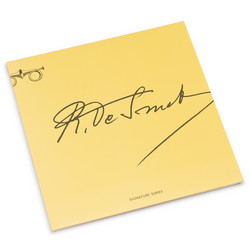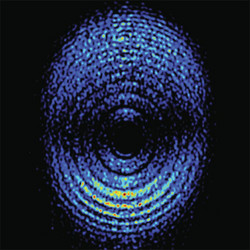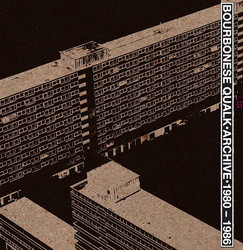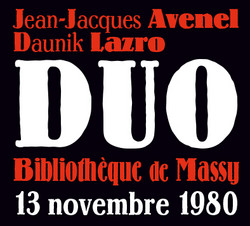2016 release **
"In the early days of Wandelweiser records, a disc of music by the forgotten composer Herman Van San extended the label’s scope and helped to cement its aesthetic. He was composing long before there was a Wandelweiser group or label, but his outsider static and innovative music was a perfect fit. This disc of music by the all but unknown Mikheil Shugliashvili achieves a similar purpose. Born in 1941, the composer died in 1996, the year of the label’s first release, but his radical employment of sound and silence, not to mention equally inventive temporal unfolding and contextualization of Western music history, fits right in with Wandelweiser’s innovative vision. The Georgian composer penned this absolutely massive work in either 1974 or 1976; the dating confusion might imply, as Thomas Meyer’s illuminating notes suggest, an extended period of gestation. This is its first recording, and the notes date its premier to 2013, the present pianists presiding. It is difficult to imagine a more committed and nuanced reading than that presented here by Nutsa Kasradzey, Tamriko Kordzaia and Tamara Chitadze. The music employs every pianistic technique I’ve ever heard, and each pianist plays the entire instrument as if helming an orchestra. The music is as difficult to describe as it is rapturous to hear. It might be best to analyze it from a microcosmically representative moment outward. At 1957, out of a vast resonating and decaying cluster, emerges a single and repeated pitch. A second, muted and a third above, is added at a proportionately related tempo. A third pitch, and then a fourth, enter in slowly staggered rotation, and then a dancing and morphing melodic layer crystalizes above it all, complemented by an ascending chromatic line. Like seeds planted under ideal circumstances, those miniscule gestures govern the registral, rhythmic and motivic transformations occurring over the succeeding 16 minutes; the one pitch initiates a small rhythmic feast that only hints at similar but larger sonic games played throughout this monumental hour-long musical phantasmagoria. As the title suggests, much of the music involves chromatic descent and somewhat less ascent, and the layers it creates in juxtaposition, at varying tempi and intensities. These minimal but protean colors also determine the various types of harmony always in play, from the vaguely jasmine-scented Francophile augmented chords to those wild post-Ivesian sonorities that the term “cluster” only cheapens. They often occur simultaneously. Gargantuan masses of sound akin to something Hermann Nitsch might inflict on the unsuspecting emerge from the most delicate chromatic gesture and then disappear into the silence that seems always to swallow everything, returning to claim even the most all-encompassing, mountainous and earth-shaking rumbles three pianos can muster. Geographical boundaries disappear as the peaks and valleys of sound are carved, constructed and destroyed over vast and malleable stretches of time. The title also suggests, to the classical music enthusiast, Bach’s D-Minor Chromatic Fantasy, but even its mention in the liner notes didn’t prepare me for how it was fragmented and distributed, rapid-fire, among the three pianists. Either the first 48 minutes constitutes some sort of magnificently multivalent prelude, or the Bach, transcending mere quotation, becomes a highly charged inside joke, an ironic afterthought to the myriad cascades anticipating and prefiguring it. Bach occupies the work’s last 10 minutes as Shakespeare occupies the end of The Beatles’ “I am the Walrus,” drifting in and out of recognition against a backdrop of dissonance and, ultimately, after a final resounding D, of silence. If the recording sounds slightly distant, anything closer might distort under the ever-shifting accumulations of timbre, chord and colored melody. I have never heard piano music quite like this, not from Boulez, Cage, Stockhausen, Scriabin, Feldman, Sorabji, Krenek, Messiaen or Xenakis, all among my 20th century favorite piano revolutionaries. Perhaps Ives and Nancarrow come the closest in scope and sheer magnitude, but whether or not they achieved their timbral and temporal magic with such concentrated means is up for debate. Despite its numerous and repeated climaxes, there is always a sense of decay and disappearance, something at the heart of many Wandelweiser projects and of those composers championed by the group and label. This is a pianistic masterpiece whose breadth, focus and historical import is in need of much more careful study than a review will allow, and the Wandelweiser label has done lovers of the instrument and of its history an extraordinary service. "
